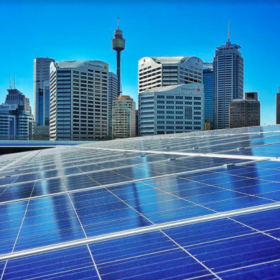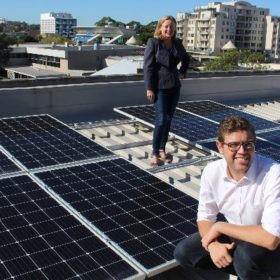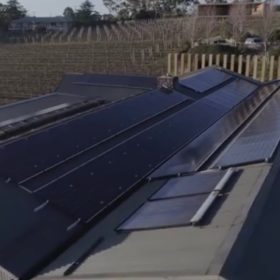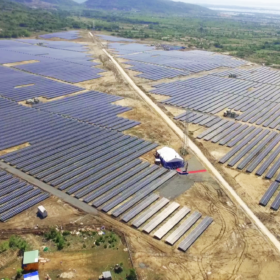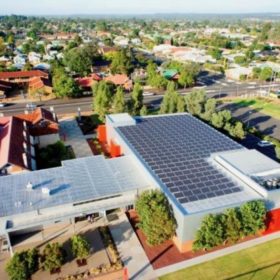Solar Bay begins $350 million solar buyback initiative
Renewable Investment Fund Solar Bay is dishing out its $350 million mandate over the next three years by buying on-site solar systems to provide discounted PPA’s. The move is part of an ongoing trend in smaller-scale renewable investment.
“De-constraining the grid”: inside WA’s new rooftop PV roadmap
Earlier this month, the Western Australian government released its Distributed Energy Resources (DER) roadmap. Another report focused on the threats posed to grid stability by accelerating solar uptake? Not so, says Bill Johnston, the WA Minister for Mines and Petroleum, Energy and Industrial Relations; it’s about opportunities.
NEM 2.0 – COAG sets out for two-sided market
The COAG Energy Council’s plan to unlock Australia’s potential to reindustrialise its energy system has taken another step forward with the publishing of an Energy Security Board consultation paper. The paper discusses what the two-sided market required to free up the potential of household energy technology will look like.
Macquarie Uni signs on with Snowy Hydro
Sydney’s Macquarie University has signed a seven-year contract with Snowy Hydro owned Red Energy to be powered by 100% renewables from 1 July 2020. The move demonstrates the variety of pathways to sustainability through renewable energy.
Solar to pay for a Ticket to Ryde
The City of Ryde has decided to adjust its ambitions from a 60% renewable energy target by 2030 to a 100% renewable energy target.
ARENA launches $70 million hydrogen funding round
To achieve the goal of ‘H2 under $2’, ARENA has opened the $70 million Renewable Hydrogen Deployment Funding Round for expression of interest from large scale renewable hydrogen projects.
Sustainable Australia Fund announces special terms to support the solar industry
The Sustainable Australia Fund is launching special financing terms for the solar industry to mediate the impact of Covid-19. The terms seek to put immediate cash savings in the hands of businesses.
Infrastructure critical to energy transition, says CEFC report
The Clean Energy Finance Corporation along with its partners has released an Issues Paper on the halting state of Australia’s infrastructural development. The paper highlights the nation’s short-sighted infrastructural projects and their weight upon the energy transition.
Vietnam finally unveils new FITs for large-scale, rooftop, floating PV
Hanoi has set new feed-in tariff rates for utility-scale, rooftop and floating PV projects, ending a long period of policy uncertainty. The government has announced the new rates, which are broadly in line with industry expectations, roughly 10 months after the expiration of its old tariffs.
Ooh, aah, Dubbo goes solar
Dubbo, birthplace of Glenn McGrath, has announced its membership in the Cities Power Partnership (CPP) program as it looks to transition to renewable energies, particularly solar.
